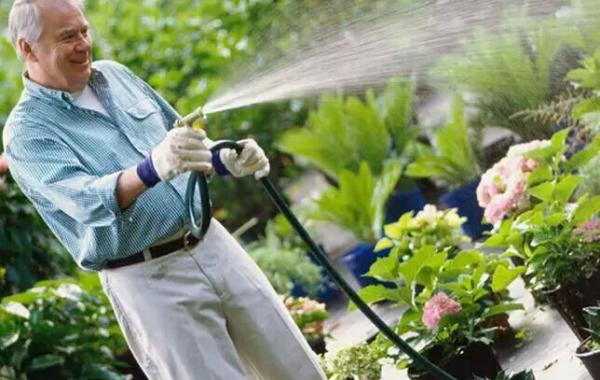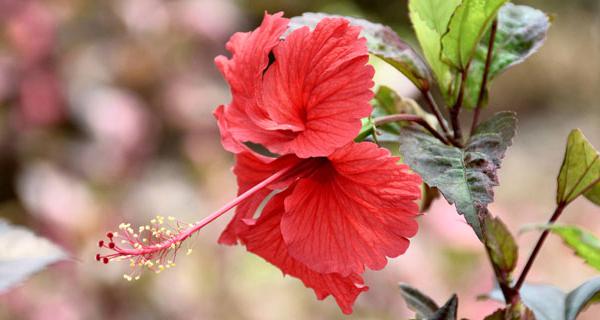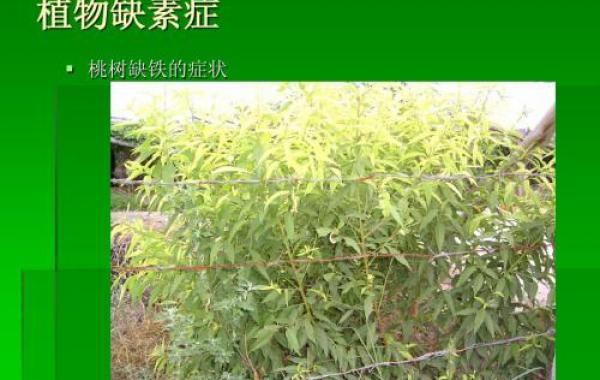Watering skills of potted flowers in different periods

Different kinds of flowers have different water requirements, such as cacti, cactus and other multi-pulp flowers are more drought tolerant, do not need more watering; and like umbrella grass, crab claw orchid and other flowers like wet environment, need more watering. The same kind of flowers in different growth stages of the water requirements are also different, growth exuberant period of water requirements, appropriate more watering, promote growth; flower bud differentiation period, appropriate less watering, to promote flower bud differentiation.
Selection of watering water quality
Natural water is divided into hard water and soft water. Hard water has a high mineral salt content, and long-term irrigation will have an adverse effect on flower growth. Soft water is low in mineral salts and is ideal for watering flowers. Rainwater, river water and lake water have low hardness and can be directly used for watering, but groundwater such as spring water and well water has high hardness and cannot be directly used for watering flowers. Tap water should not be used directly because it contains chlorine and other disinfection substances. It is best to store it in open tanks, pools and other containers for 3~5 days, and then use it after the harmful substances in the water volatilize and precipitate.
Pouring root fixing water
The first watering after planting is called rooting water. Root water must be poured thoroughly. Because the soil is not completely solid at the beginning of planting, there are many voids in the soil. Only after watering thoroughly can the soil and roots be fully combined. Generally, after planting, it is necessary to irrigate twice continuously. After the first irrigation, the water falls dry, and the water flows out from the bottom hole, it is re-irrigated again, so as to ensure that the soil is fully absorbed and closely connected with the root system.
When watering, most flowers are sprayed. Not only can increase air humidity, but also can wash leaf dust. However, for flowers with leaves or flowers that are blooming, they cannot spray water, but should sit the flowerpot in the basin and use the bottom hole to seep water to make the basin soil moist.
Summer potted flowers respiratory exuberant, basin soil permeability requirements are good. Therefore, when the pot soil is not dry, generally do not water, so as not to affect the ventilation of too much water, but after drying, it should be watered immediately and must be watered thoroughly. Summer basin soil often cracks due to excessive dryness, so watering cannot be completed at one time, otherwise the water will leak directly into the basin bottom, and most of the basin soil is still very dry. Wait a moment after the first watering and water again after the cracks close.
If you forget to water for many days, cause plant drought wilting, do not irrigate water urgently, should first move potted flowers to a cool and ventilated place, spray water to leaves 2~3 times with a watering can, wait for leaves to slow down, then water a small amount, wait for roots to restore water absorption function, then thoroughly irrigate. Water carefully in summer and winter
Water temperature has direct influence on physiological activities of flower roots. If the water temperature and soil temperature difference (more than 5℃), watering will cause sudden changes in soil temperature and damage the roots, but affect the absorption of water by the roots, resulting in physiological drought. Therefore, it is better to irrigate when the water temperature is close to the soil temperature, especially in winter and summer. In winter, it is best to store the water indoors for a period of time, or add warm water slightly to increase the water temperature to 15~20℃, and then irrigate. Summer should avoid in the sun exposure and high temperature at noon when watering.
Flower watering time
The choice of watering time should try to make the water temperature close to the soil temperature. Under normal circumstances, the difference between water temperature and soil temperature is within 5℃, watering flowers is relatively safe, and root damage will not occur. Specific to the daily watering time, spring, summer, autumn, winter are also different.
In spring, autumn and winter, about 10 a.m. and after 4 p.m. are the appropriate time for watering flowers. Midsummer noon, the temperature is very high, the temperature of flower leaves can often be as high as 40℃, transpiration is strong, at the same time water evaporation is also fast, the root system needs to continuously absorb water, supplement the loss of leaf transpiration, if poured cold water at this time, although the pot soil added water, but due to the sudden decrease in soil temperature, root hair by low temperature stimulation, will immediately hinder the normal absorption of water. At this time, because there is no preparation in the flower body, the leaf stomata are not closed, and the balance of water supply and demand is lost, resulting in the leaf cells becoming wilted from the tense state, causing the plant to produce 'physiological drought', the leaves are scorched, and the whole plant will die when it is serious.
This phenomenon is particularly evident in herbaceous flowers, such as geranium, turnip, chrysanthemum, etc. The most taboo hot weather poured cold water at noon. Therefore, avoid watering flowers at noon in the hot summer. The same reason, in winter morning and evening temperature difference is large, of course, should be at noon when the soil temperature and temperature are closer to watering flowers. Many flower growers are used to watering in the evening, mistakenly thinking that this is the best, in fact, on the contrary, especially in winter or indoors, if watering at night, water loss is slow, it will increase the pot soil and air humidity and easily lead to flower infection disease and suffer from freezing injury.
Related
- What if the leaves of potted flowers turn yellow?
- Florescence Control of several Flowers
- Anti-freezing technology and post-freezing nursing technology of flowers
- What is the classification of flowers? What are the common methods of flower classification?
- Prevention and control of alkali and acid damage of flowers in courtyard
- Technology of Anti-freezing and restoring growth of Flower seedlings in greenhouse and greenhouse
- How does flower fertilization not hurt the root? Fertilization technology of flowers
- Key points of disinfection in flower greenhouse
- Several pesticides that are banned or used cautiously in flowers
- How to fertilize the flowers that watch the leaves?



